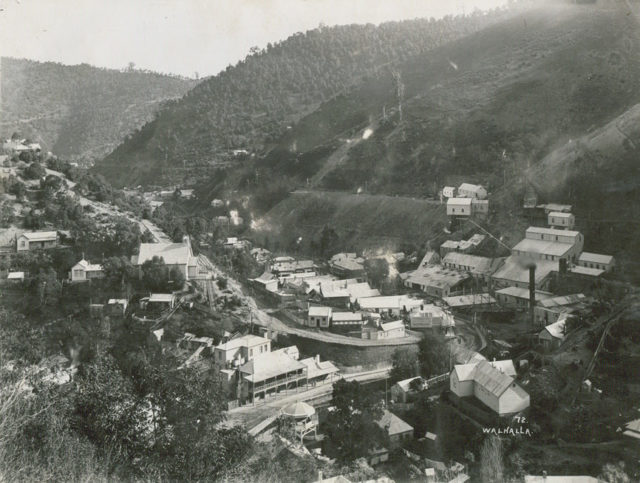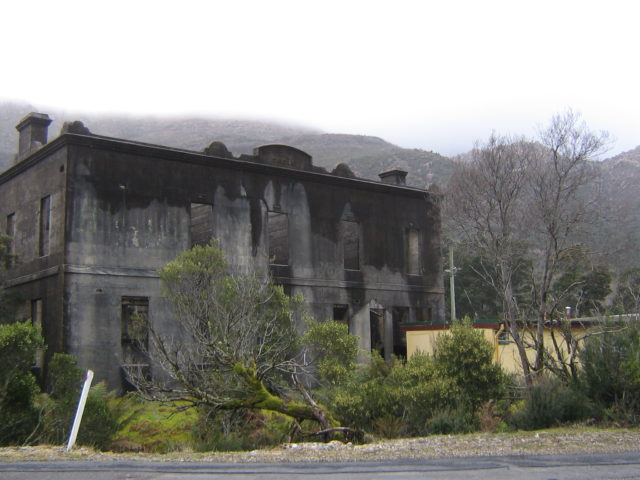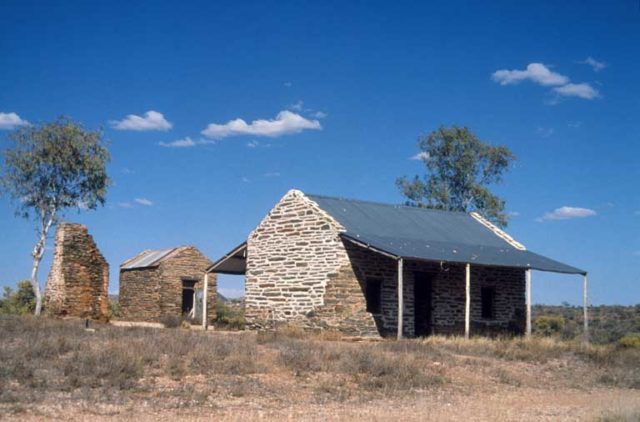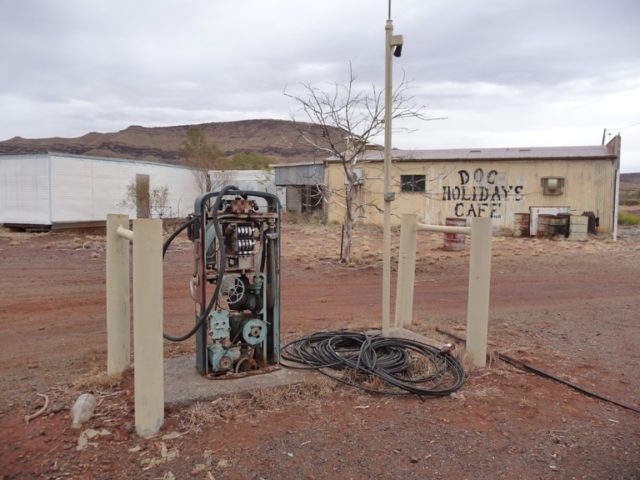Before the local mining industry dramatically and unexpectedly collapsed, many mining towns in rural Australia had to endure the wrath of economic modernization.
These small towns and farming settlements appeared up and down the country during the Industrial Revolution, in the wake of the mining projects which once fueled the engine of the Australian economy.
Now these abandoned towns and settlements provide a rare glimpse into the life and times of miners and their families, offering a fascinating insight into the economic reorientation which characterized the 20th century. Following are some of the most breathtakingly eerie ghost towns from the golden era of mining in Australia’s arid Outback:
WALHALLA, VICTORIA

There are only twenty residents now inhabiting Walhalla in the eastern part of Victorian Gippsland. The town was founded in 1862 to facilitate 4,000 residents, including the laborers who worked on the tedious task of finding gold in the mountains around the town.
In the 1900s the authorities tried to rejuvenate the settlement by building a local railroad to link the region with other parts of the country. However, the move did not succeed in keeping the town alive, and it slowly became abandoned with the decline of the gold mining industry.
LINDA, TASMANIA

A ruined hotel in Linda, a once bustling town in the Pillinger region of Tasmania, now presents a haunting picture of a daunting façade.
Although the town’s population was never in the higher numbers, it served as the main support for the North Mount Lyell Mine, which was active for a rather short period between the years of 1899 and 1903. The downfall of Linda started when the North Mount Lyell mining project was taken over by the Mount Lyell Mining and Railway Company, which significantly reduced Linda’s role in the project.
This forced the residents to move to the much more prosperous regions of Gormanston and Queenstown, leaving Linda abandoned. The Royal Hotel in Linda was once the stage of some of the legendary brawls between Italian immigrants and the locals: it now stands in ruins, its skeleton barely standing upright.
ARLTUNGA, NORTHERN TERRITORY

Arltunga was the first settlement built in the Central Australian region, lying some 110 km east of Alice Springs. The region is known for its severe and often dry climate, which has contributed towards the preservation of the relics that once belonged to its 3,000 inhabitants.
Once the bustling junction for the gold mining industry, the town of Arltunga now sits in ruins. Recently the town’s old mines have been restored and are now open to the public alongside other relics and stone buildings once used by the settlers.
WITTENOON, WESTERN AUSTRALIA

Source:By Five Years – Own work, CC BY-SA 3.0,
Wittenoon has a unique status among the mining settlements of Australia, purely because it existed long before the gold rush, as a thriving farming town with almost all its population directly involved in agriculture.
This all changed quite dramatically in the 1930s with the arrival of blue asbestos mining in the region, which slowly sucked the life out of what was once the largest town in the Pilbara area.
In 1966 the town was officially closed due to a loss of business and health concerns over the rising levels of cancerous asbestos dust in the air. Despite the high levels of asbestos, six residents decided to remain in what was quickly becoming a ghost town. Ever since the remaining residents of Wittenoon have been locked in a continuous struggle with the authorities of Western Australia for their right to keep their lands and properties.
